(CLO) Newsrooms are facing a digital revolution, where search algorithms are constantly changing and user behavior is constantly changing. In a context where old news is just a click away, newspaper SEO is no longer an option, but a constant innovation.
Challenges from algorithms and user behavior
" The world of search engines and user behavior is changing at a dizzying pace, making effective methods yesterday obsolete today," said Ms. Nguyen Nhu Mai - Director of Thinh Vuong Artificial Intelligence Company, who has many years of experience as Head of SEO Department of Lao Dong Newspaper.
In fact, Google’s algorithms are constantly being updated, and Google is increasingly placing a premium on user experience. While people are familiar with the phrase ‘doing Google SEO’, Google is really based on user behavior. Google needs to provide the best results, authoritative, backed by data, or with expert input, that meet the user’s search intent.
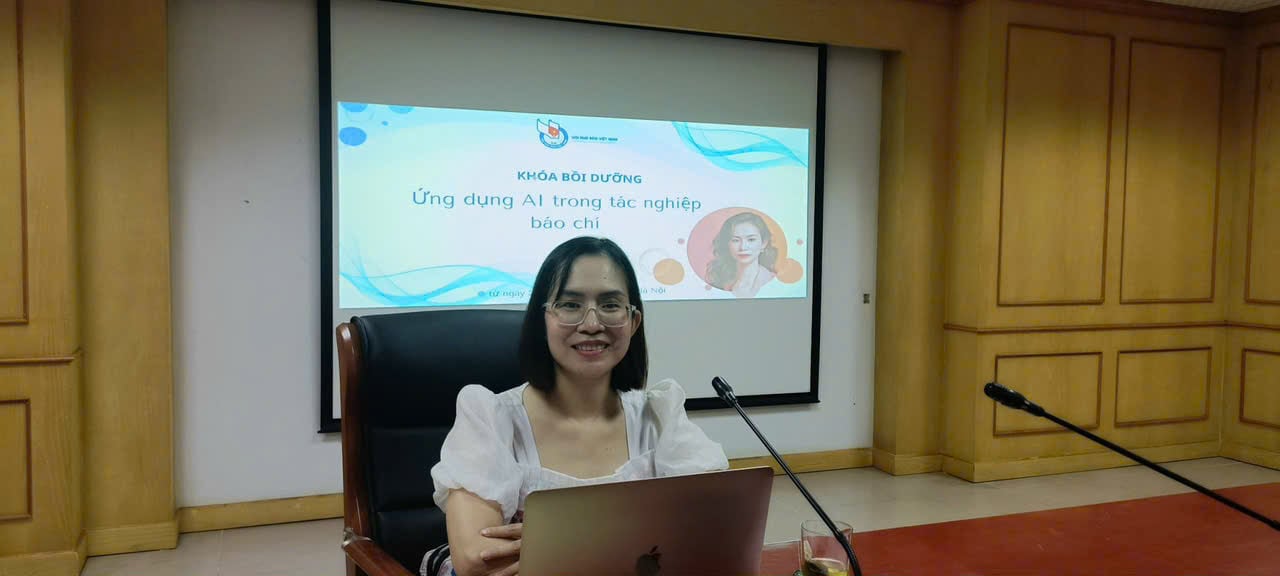
Ms. Nguyen Nhu Mai - Director of Thinh Vuong Artificial Intelligence Company.
This requires SEOs to understand what users want when searching for a specific keyword, and then organize the content accordingly. The pressure on writers is not only to write from a personal perspective, but to put readers at the center, meeting their search needs. When the content is relevant to readers, the newspaper will attract attention and increase its ranking on Google, thereby increasing traffic.
"Journalists need to do two things: research users (through a specialized SEO department) to understand their needs and organize attractive content that touches readers' emotions. In a competitive information environment, unique, valuable content that is relevant to the target audience will be successful and widely shared," Ms. Mai emphasized.
However, advanced search features display information directly on the search results page, reducing the number of clicks on the link. Is this a concern? Currently, there are two forms of search visibility: Google Ads (paid to display) and SEO (organic optimization). SEO costs human resources, but the display time is slower than advertising.
"However, the information displayed on the search results page is often incomplete, users still need to click on the link to read the whole thing. Therefore, this is not the main factor causing the decrease in traffic. The trend of watching videos on social networks is the main cause. The newspaper needs to diversify its content, be present on platforms such as TikTok, Facebook, YouTube to attract readers and increase views," Ms. Mai analyzed.
Using AI - A Double-Edged Sword
In the past, SEO optimization for online newspapers was a big challenge for those without in-depth knowledge. Newsrooms faced fierce competition, forcing reporters to race against time, quantity and quality of articles. Ensuring articles were SEO-standard, meeting Google's criteria, required a lot of effort and time.
However, with the development of artificial intelligence, this process has become easier. Thanks to AI plugins such as Yoast SEO or Rank Math, optimizing articles for SEO only takes a few minutes instead of 10-20 minutes like before. AI helps reporters save time, improve efficiency and quality of work, and increase the ability of articles to be displayed well on search engines.
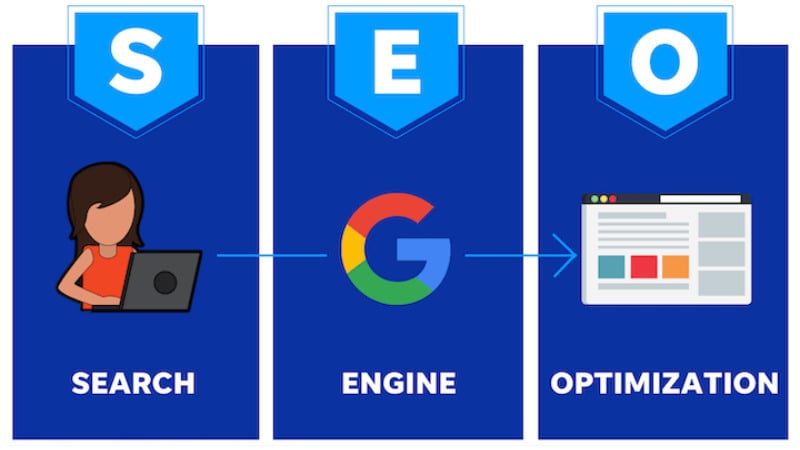
SEOers must understand what users want when searching for a specific keyword, and then organize content accordingly.
"AI plays a powerful supporting role in optimizing SEO more effectively. However, this technology also has many potential risks," Mai warned. "For example, AI can create 'deepfake' videos from personal images and videos, causing serious consequences. Although this technology saves time and creates a variety of content, it also creates major security vulnerabilities."
Using an individual’s image and voice to train AI can be misused, leading to the creation of fake videos that affect the honor and reputation of that person. Even facial recognition technology in financial transactions can be exploited. This is especially worrying when many reporters and journalists use AI to create virtual MCs or build personal brands.
"In addition, AI can create unverified information, even fabricate data. If newspapers rely entirely on AI to write articles without careful verification, their reputation and brand will be seriously affected," Ms. Mai further analyzed.
Unique content is the key to success
SEO, or Search Engine Optimization, is the process of optimizing articles to display well on search engines. To do this, it is necessary to comply with the criteria set by Google.
First, the title of the article needs to be SEO-standard, usually limited to about 60 characters. Next, the summary needs to encapsulate the main content and contain keywords, limited to 160 characters. The content of the article needs to be clearly structured with heading tags (H1, H2, H3...).
In addition, it is necessary to build internal links to landing pages and related articles. Keyword density also needs to be distributed reasonably in the article to send signals to Google robots to understand the topic clearly.
After collecting information, Google will evaluate and rank the article based on the quality, depth, and authority of the content compared to similar articles. If the article is well optimized and meets the user's search needs, Google will prioritize displaying this result.
"Many newsroom articles have duplicate content. To solve this, we need to change the perspective and viewpoint of the article. If Google displays the same results, they will prioritize the results that are collected first, based on brand reputation and traffic. Google cannot display 100 similar results, because this will reduce the value of the search engine, as in the case of Yahoo and Ask Jeeves," said Ms. Mai.
To meet user needs, each piece of information needs to be diverse. The best way is to create unique, engaging content that offers your own perspective and point of view. If you just copy, your article will not stand out.

Unique content wins over algorithms.
Ms. Nguyen Nhu Mai shared that, in terms of experience in evaluating the effectiveness of SEO campaigns, we can use Google Analytics to measure traffic, traffic sources, search keywords and most viewed pages. For reporters' SEO skills, it is necessary to research the reader's profile, understand their needs and desires, and then develop appropriate topics.
"The difference between reporters lies in researching the topic, readers and competitors. Copying information reduces the value of the newspaper and makes readers leave the page," said Ms. Mai.
According to Ms. Nguyen Nhu Mai, a strong newsroom can reach 4-5 million visits per day. The direct access rate usually accounts for 60-70%. The success of an SEO project depends on the efforts of reporters and the regulations of the newsroom. Newsrooms that hold daily topic meetings and have a professional working process often reach a large readership.
Lessons from world press
The challenges and opportunities facing Vietnamese newspapers are similar to those facing newsrooms around the world. Speaking at the Emerging Tech Network event, Carly Steven, global SEO director at MailOnline, shared that in her two decades in the industry, she had never seen such great instability and disruption. The reason is that users are searching for and accessing news in completely new ways, thanks to the development of artificial intelligence, chatbots and advanced search features.
This forces publishers to take a 'frank and rigorous' look at content quality, focusing on value and meeting reader needs, rather than just optimizing algorithms.
In the changing digital landscape, news organizations are proactively innovating and building strong relationships with readers. Ms. Steven emphasized that AI is still too new overall, and publishers should focus on adapting and building relationships with readers, rather than optimizing for new, unstable technology.
“The Sun used to attract billions of clicks, but the results weren’t as good as expected,” says Thomas Mackie, SEO director at The Sun. They were facing declining traffic and struggling to create commercial opportunities. However, they changed their mindset, built a comprehensive experience, and brought added value to readers.
Technology is both an opportunity and a challenge. Stevens notes that the rapid pace of change makes it difficult to build tools in-house. News organizations often choose to buy solutions from outside, which require flexibility and strategic thinking.
Publishers are starting to see a shift in perspective, realising that success is not about the quantity of articles published, but about creating truly valuable, high-quality content that meets the needs of readers. Ms Steven emphasises that maintaining a loyal audience is a huge success.
Phan Anh
Source: https://www.congluan.vn/seo-trong-bao-chi-thach-thuc-tu-thuat-toan-va-hanh-vi-nguoi-dung-post337292.html









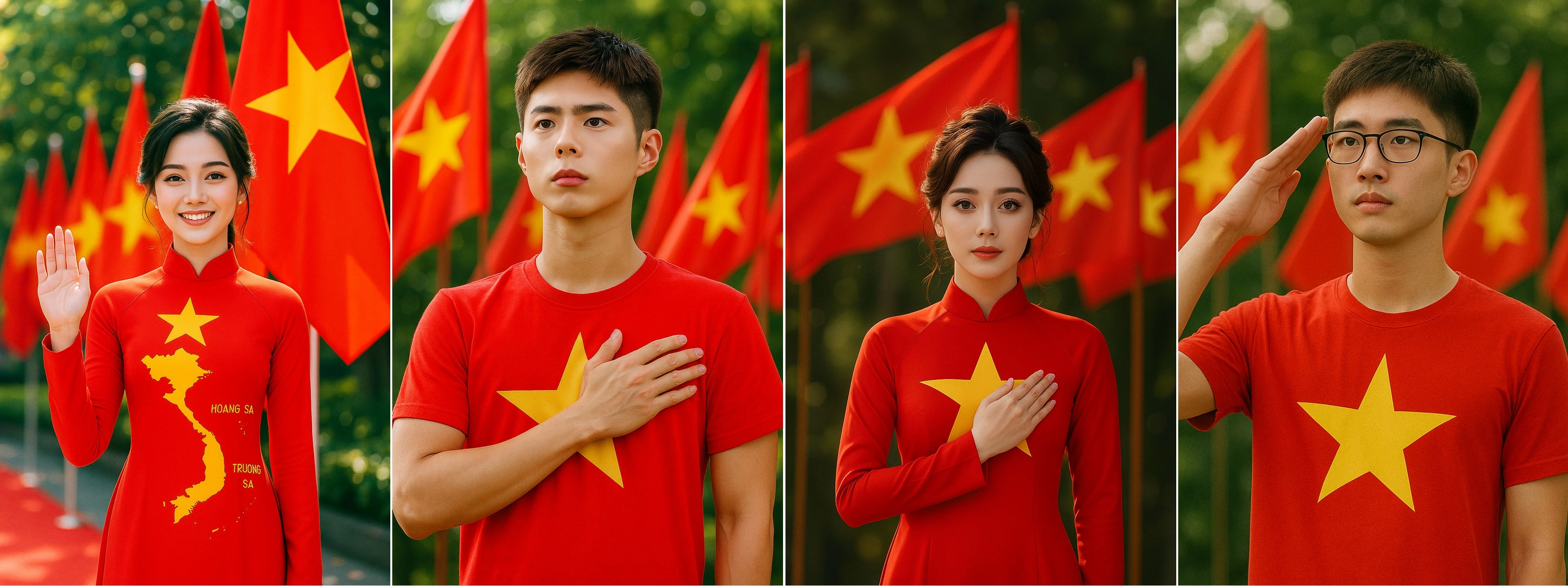

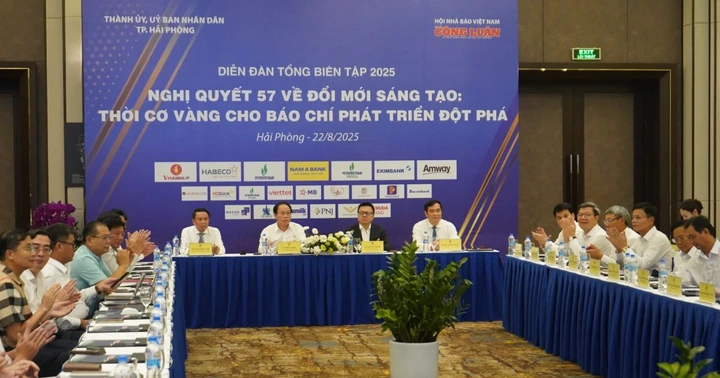

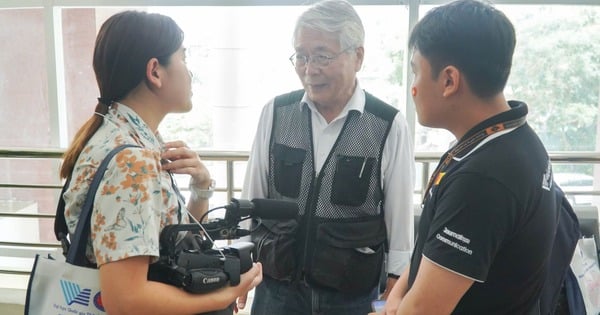

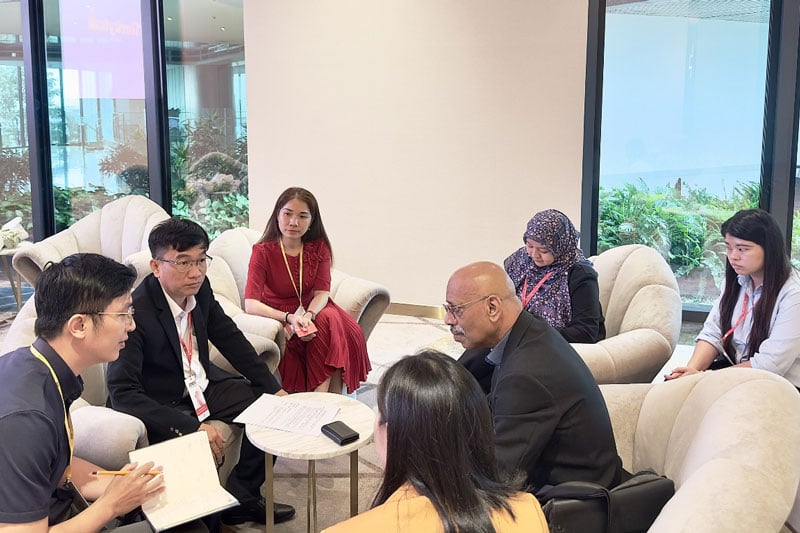

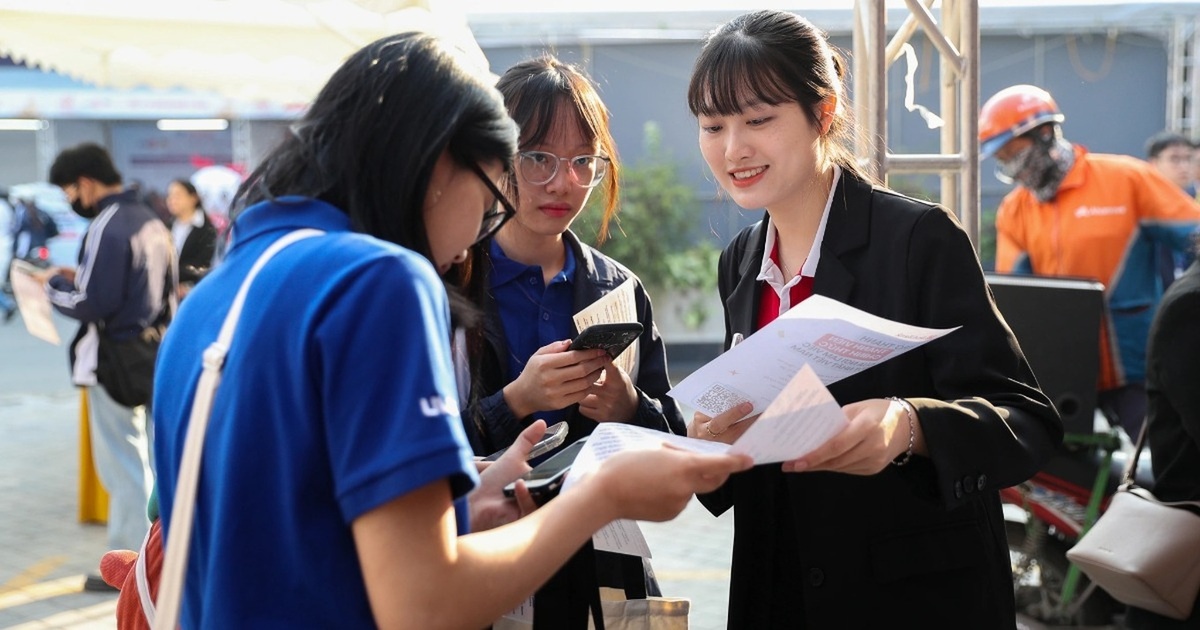







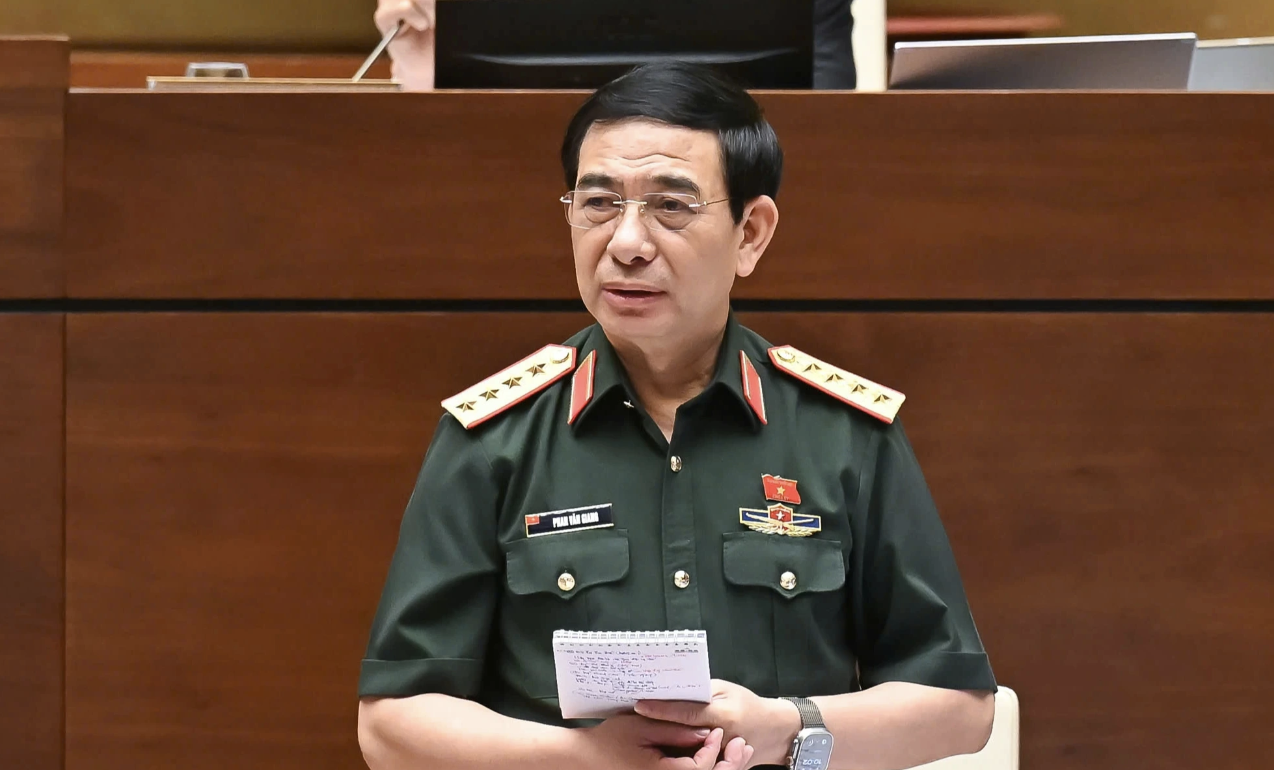

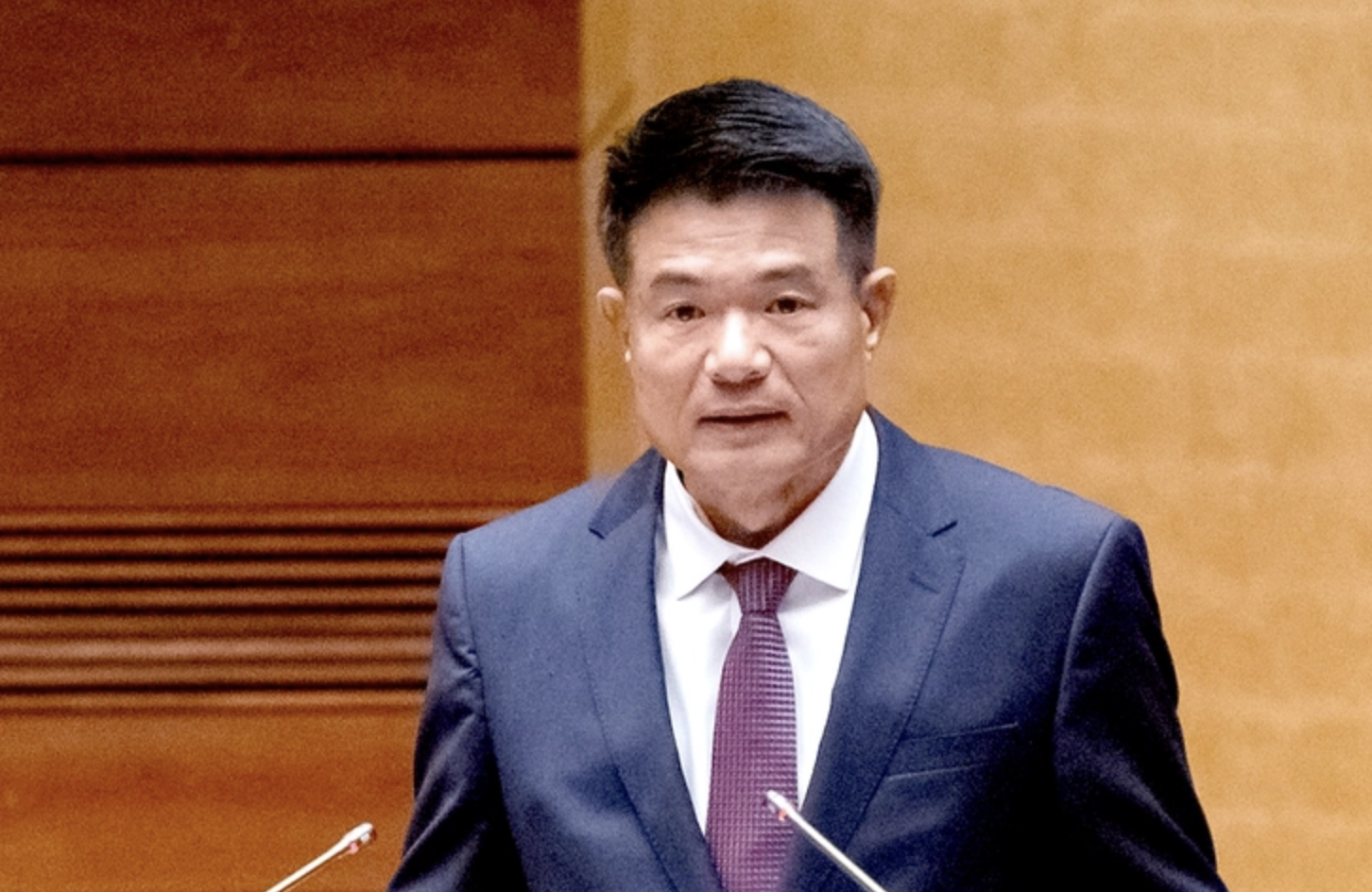

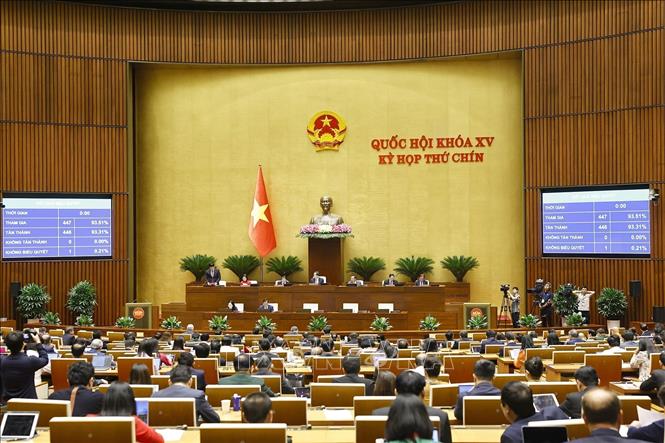










![[Photo] President Luong Cuong attends special political-artistic television show "Golden Opportunity"](https://vstatic.vietnam.vn/vietnam/resource/IMAGE/2025/8/22/44ca13c28fa7476796f9aa3618ff74c4)

























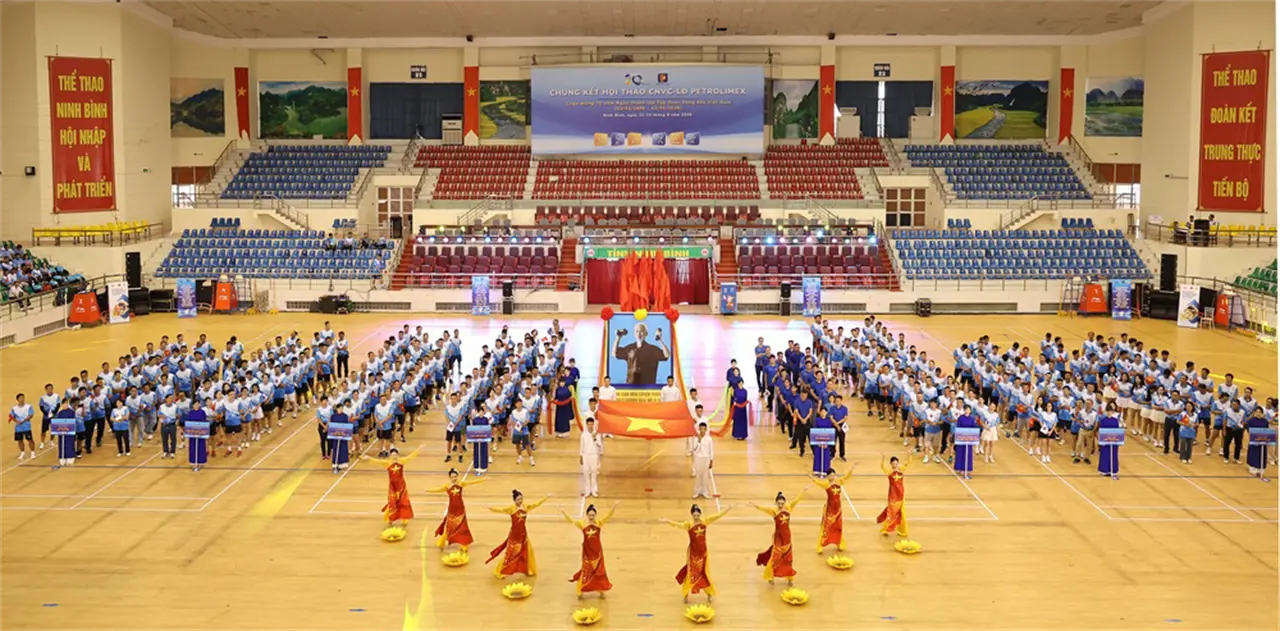





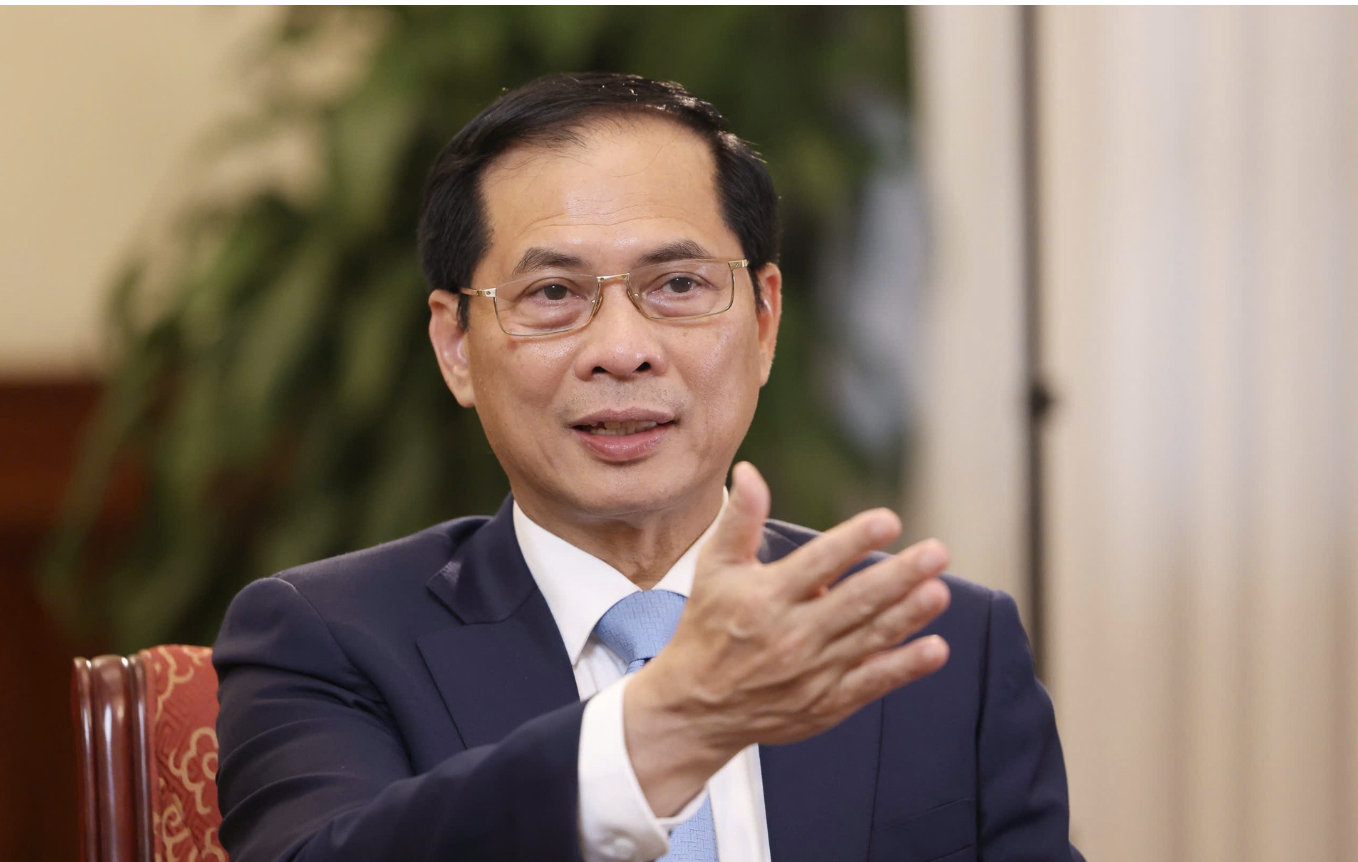

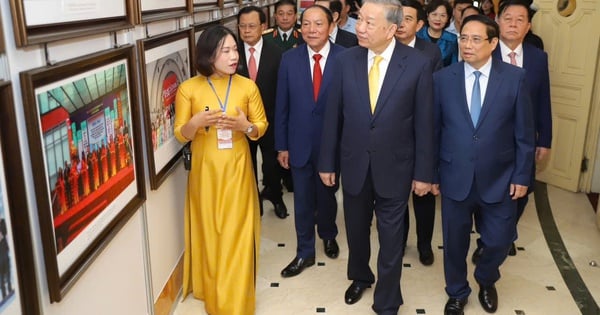


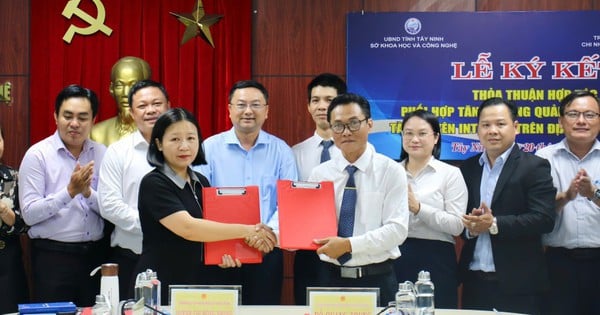


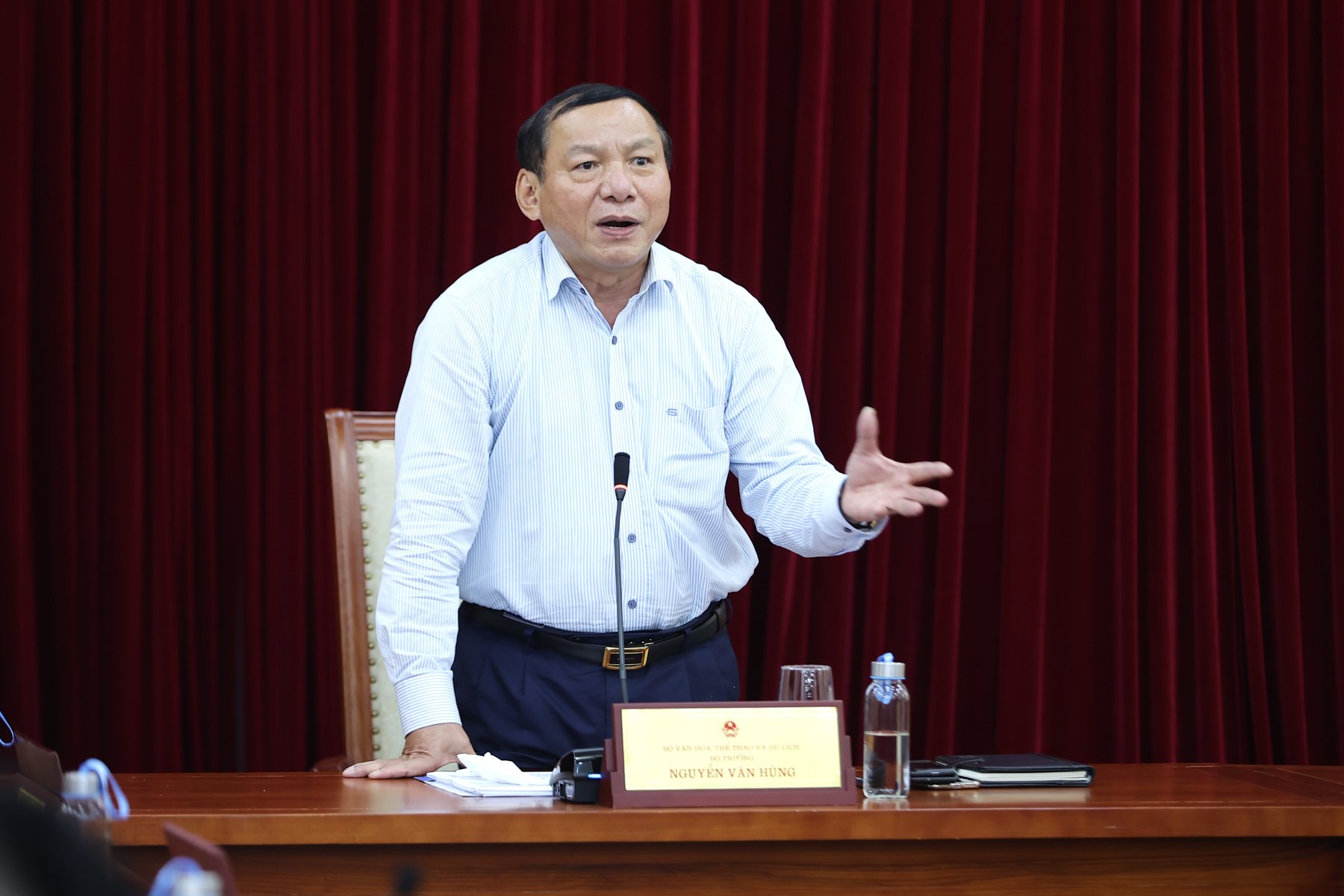
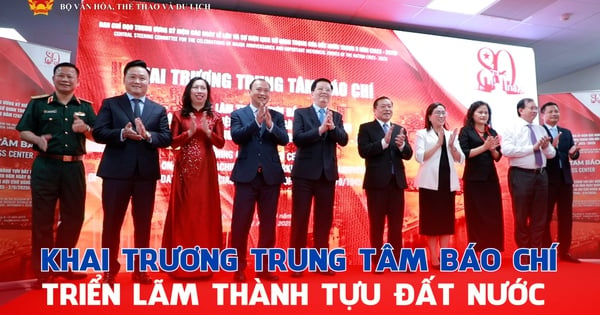
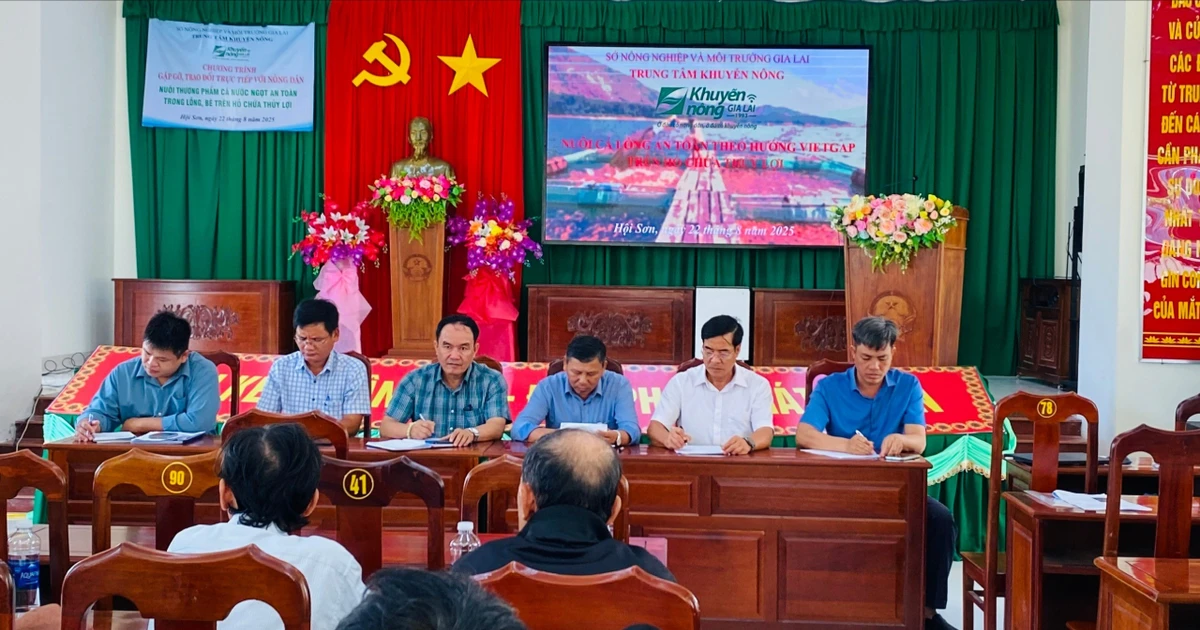








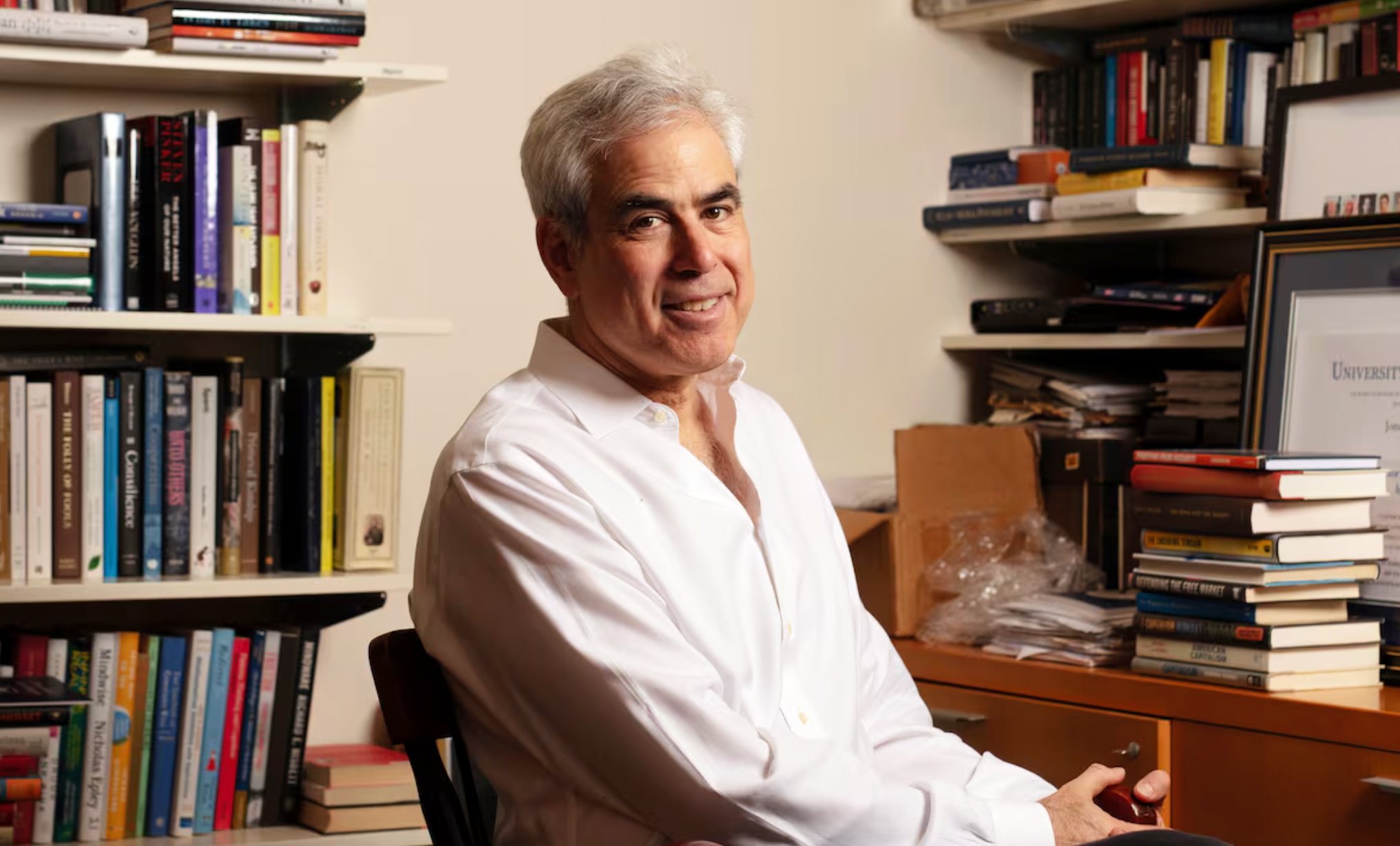


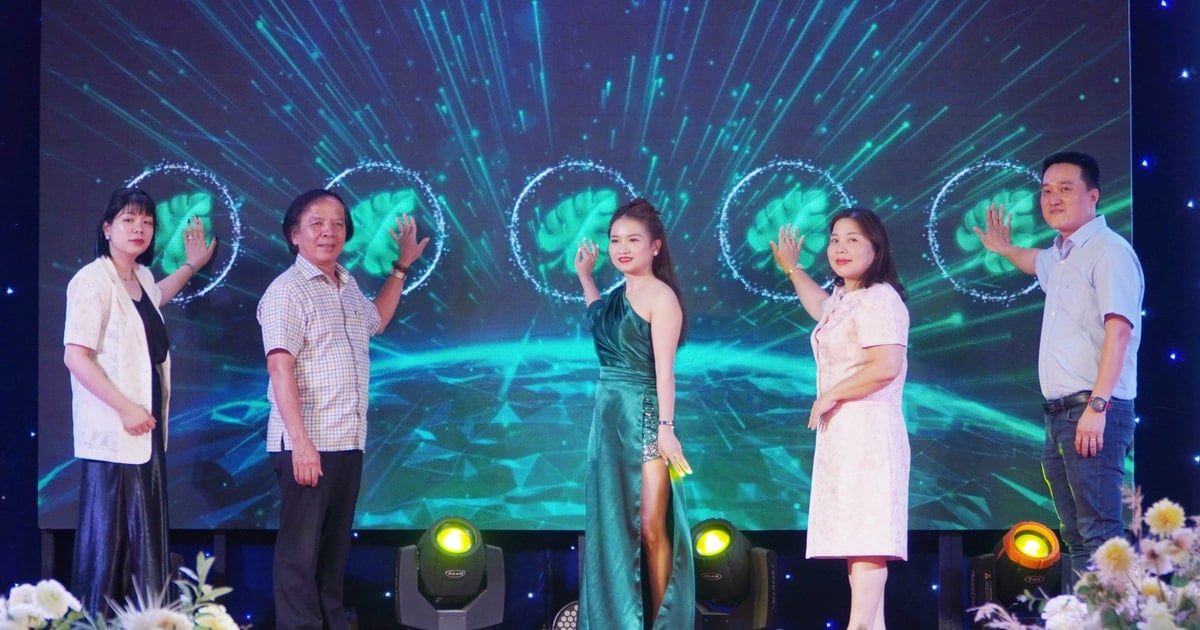












Comment (0)